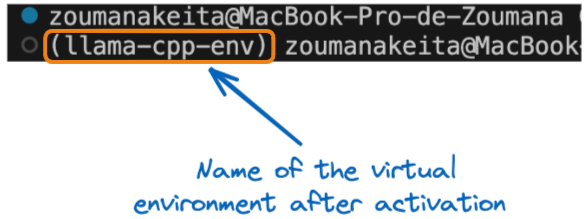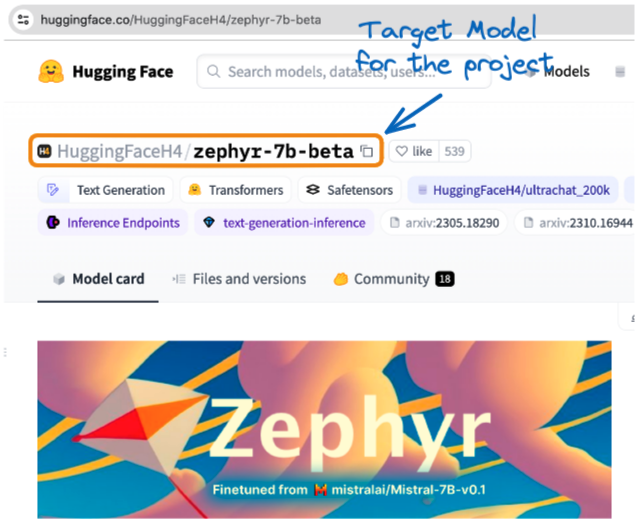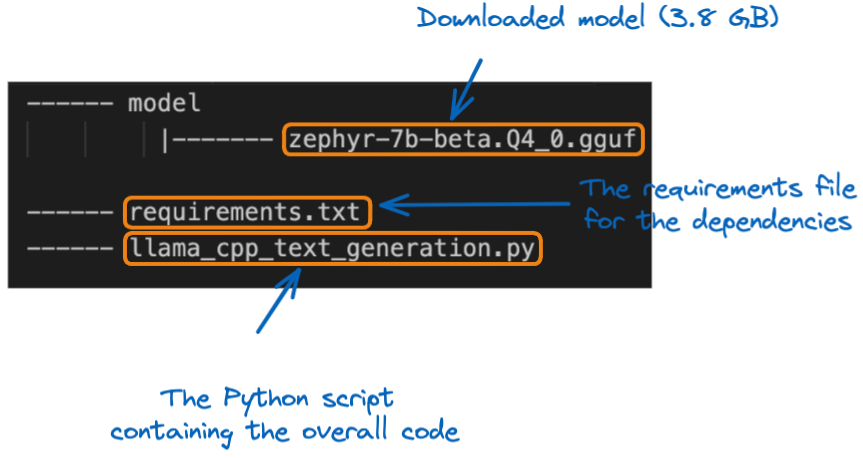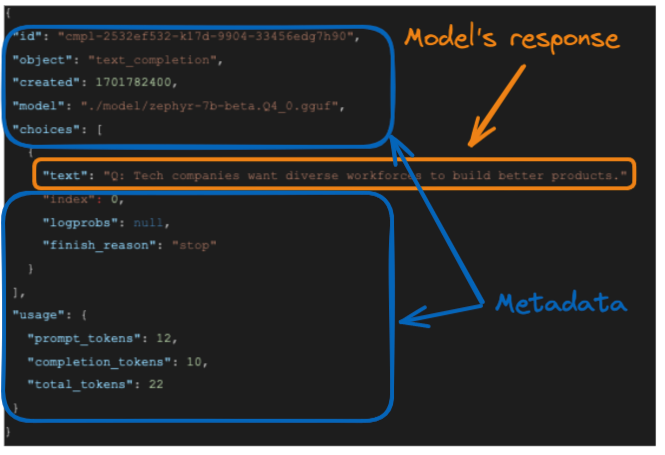course
Llama.cpp Tutorial: A Complete Guide to Efficient LLM Inference and Implementation
This comprehensive guide on Llama.cpp will navigate you through the essentials of setting up your development environment, understanding its core functionalities, and leveraging its capabilities to solve real-world use cases.
Nov 2023 · 11 min read
Develop AI Applications
Learn to build AI applications using the OpenAI API.
Start Your AI Journey Today!
2 hours
25.6K
track
AI Fundamentals
10hrs hours
course
AI Ethics
1 hour
9.1K
See More
RelatedSee MoreSee More
tutorial
How to Run Llama 3 Locally: A Complete Guide
Run LLaMA 3 locally with GPT4ALL and Ollama, and integrate it into VSCode. Then, build a Q&A retrieval system using Langchain, Chroma DB, and Ollama.
Abid Ali Awan
15 min
tutorial
Fine-Tuning LLaMA 2: A Step-by-Step Guide to Customizing the Large Language Model
Learn how to fine-tune Llama-2 on Colab using new techniques to overcome memory and computing limitations to make open-source large language models more accessible.
Abid Ali Awan
12 min
tutorial
Fine-Tuning Llama 3 and Using It Locally: A Step-by-Step Guide
We'll fine-tune Llama 3 on a dataset of patient-doctor conversations, creating a model tailored for medical dialogue. After merging, converting, and quantizing the model, it will be ready for private local use via the Jan application.
Abid Ali Awan
19 min
tutorial
Run LLMs Locally: 7 Simple Methods
Run LLMs locally (Windows, macOS, Linux) by leveraging these easy-to-use LLM frameworks: GPT4All, LM Studio, Jan, llama.cpp, llamafile, Ollama, and NextChat.
Abid Ali Awan
14 min
tutorial
LlamaIndex: Adding Personal Data to LLMs
LlamaIndex is your friendly data sidekick for building LLM-based apps. You can easily ingest, manage, and retrieve both private and domain-specific data using natural language.
Abid Ali Awan
10 min
code-along
Fine-Tuning Your Own Llama 2 Model
In this session, we take a step-by-step approach to fine-tune a Llama 2 model on a custom dataset.
Maxime Labonne







